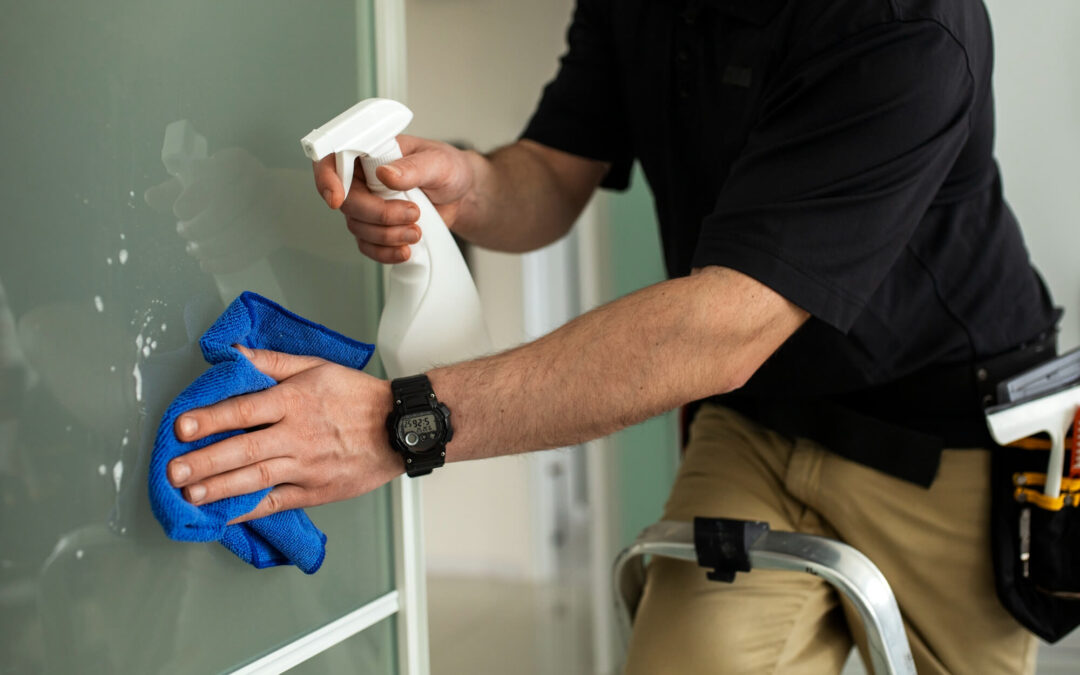Dried silicone sealant can be a stubborn and unsightly mess, whether it’s on your bathroom tiles, kitchen countertops, or window frames. Removing it may seem like a daunting task, but with the right techniques and a bit of patience, you can restore surfaces to their former glory. In this comprehensive guide, we’ll walk you through the step-by-step process of how to remove dried silicone sealant effectively.
What You Will Need to Remove Dried Silicone Sealant?
To remove silicone sealant, you will need the following items:
- A pair of pliers or tweezers
- A silicone sealant remover or a solvent, such as mineral spirits, acetone, or rubbing alcohol
- A cloth or a sponge
- A plastic scraper or a spatula
- A hair dryer or a heat gun (optional)
How to Remove Dried Silicone Sealant?
Follow these steps to remove dried silicone sealant from any surface:
1. Cut the sealant.
Use a utility knife or a razor blade to cut along the edges of the sealant, as close to the surface as possible. You can also use a hair dryer or a heat gun to soften the sealant before cutting it, but be careful not to overheat or burn the surface.
2. Peel the sealant.
Use a pair of pliers or tweezers to grab the cut edge of the sealant and peel it off the surface. You may need to cut and peel several times until you remove most of the sealant. If the sealant is too hard or brittle to peel, you can use a plastic scraper or a spatula to pry it off the surface, but be gentle and avoid scraping the surface.
3. Apply the remover or the solvent.
Use a cloth or a sponge to apply the silicone sealant remover or the solvent of your choice to the remaining sealant residue on the surface. Follow the instructions on the product label and let it sit for the recommended time, usually a few minutes. The remover or the solvent will dissolve or loosen the sealant, making it easier to remove.
4. Wipe the surface.
Use a clean cloth or a sponge to wipe off the dissolved or loosened sealant residue from the surface. You may need to repeat this step several times until the surface is clean and free of any traces of sealant. You can also use a plastic scraper or a spatula to scrape off any stubborn residue, but be careful not to damage the surface.
5. Rinse the surface.
Use a damp cloth or a sponge to rinse the surface with water to remove any remaining remover or solvent. Dry the surface with a clean cloth or a towel. You can also use a hair dryer or a heat gun to speed up the drying process, but be careful not to overheat or burn the surface.
Tips for Silicone Removal
- How to remove silicone safely: Always work in a well-ventilated area and wear gloves.
- For removal silicone from glass or metal, acetone works well but test it first on a small area.
- If you’re unsure about how to get silicone off delicate surfaces, consider consulting a professional.
By following these steps, you can remove silicone sealant efficiently from any surface. Whether you’re tackling tiles, glass, or countertops, patience and the right tools will ensure a clean finish.
Conclusion
Silicone sealants are an essential tool for any Australian homeowner or DIYer looking to protect their home from water damage, mould, and weathering. By choosing the right type of sealant for your project—whether it’s a bathroom, kitchen, or outdoor application—you can ensure a durable, flexible, and waterproof seal that stands the test of time.
With Simseal’s premium silicone sealants, you get:
- Superior adhesion for long-lasting protection
- Mould-resistant formulas perfect for wet areas
- Weatherproof performance in Australia’s harsh climate
- Easy application for flawless DIY results
Ready to Start Your Project?
Don’t settle for subpar sealants—trust Simseal’s expertise and high-quality products.
Visit Our Silicone Sealant Range Now
Have questions? Our team is here to help! Contact us for expert advice on your next sealing project.


Recent Comments